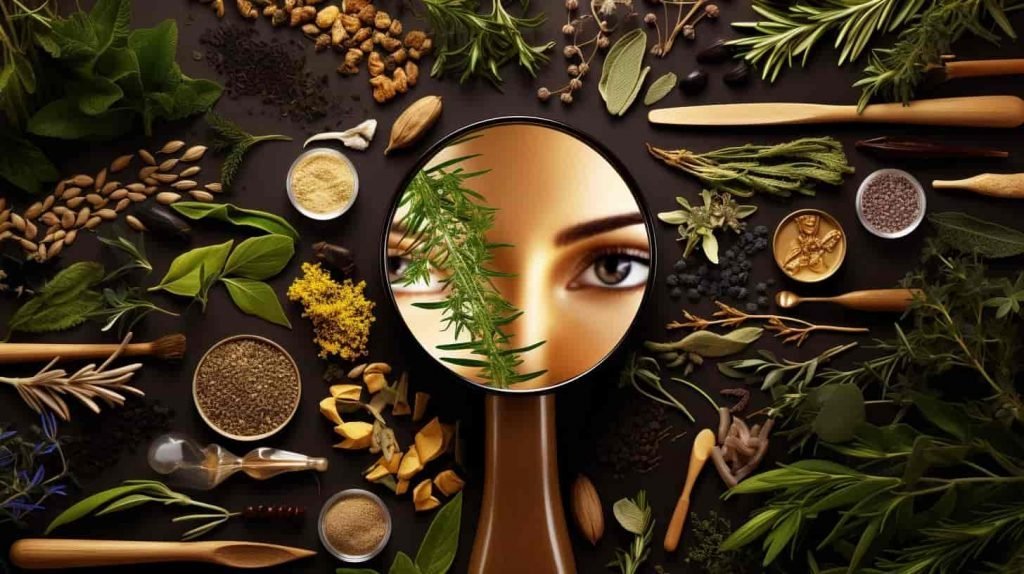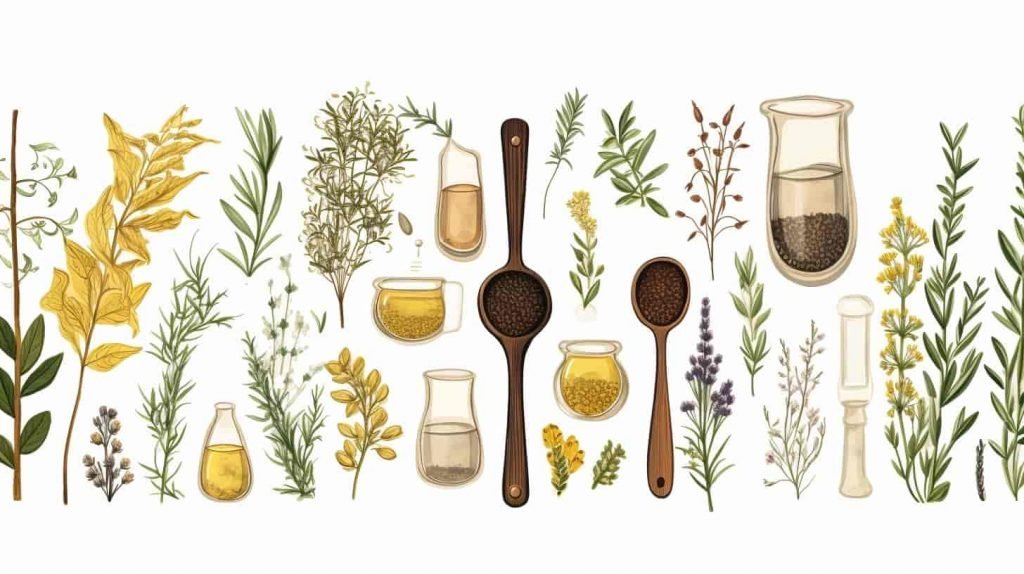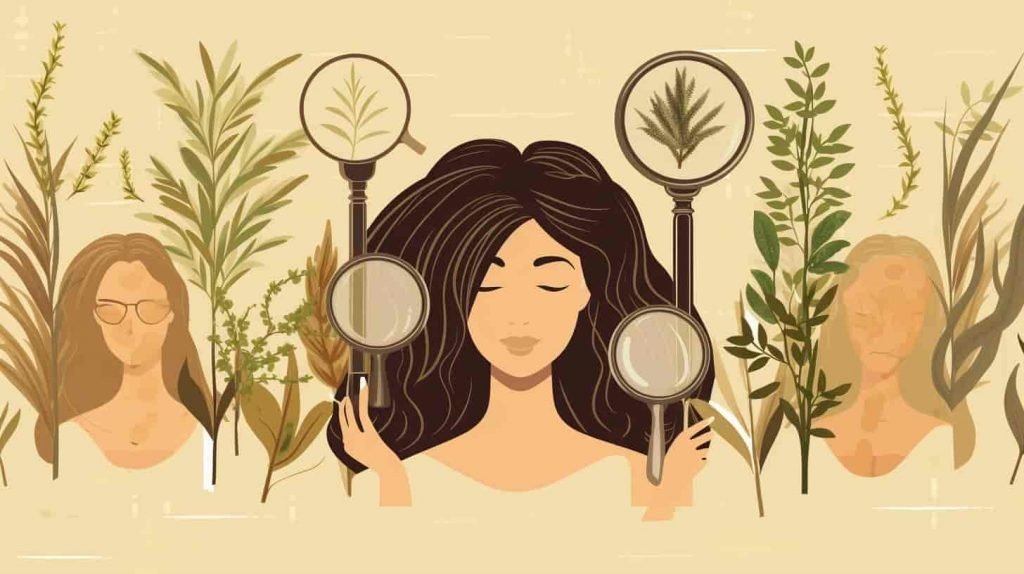Have you ever had that sinking feeling seeing strands on your pillow? Hair loss has become such a common companion for many that we must truly grasp what's behind it.
Diving into this article, you'll journey through the phases of the hair growth cycle, unravel the mystery between your everyday hair fall and the more serious alopecia, and peek into your genes' role. Did you know stress might be silently plotting against your locks, too?
From spotting the early signs to diving deep into treatments - pills, potions, or procedures - we've got you covered. And because prevention is better than cure, we'll spotlight ways to keep hair loss at bay. Most importantly, we'll emphasize why calling in the experts is sometimes the best move.
Ready to arm yourself with the tools to champion your hair's health? Let's get to the root of it! 🌱🔍
Table of Contents

Understanding the Hair Growth Cycle
Understanding the hair growth cycle is fundamental to comprehending the natural process of hair shedding and its divergence from pathological conditions such as alopecia. The cycle consists of four distinct phases - anagen, catagen, telogen, and exogen.
Recognizing these stages is crucial in understanding hair growth patterns. The active growth phase, anagen, is followed by the transitional regression phase, catagen. After catagen comes the rest phase, telogen, and finally, the shedding phase, exogen.
Various factors can affect hair growth, including genetics, nutrition, stress levels, hormonal fluctuations, and medical conditions. Promoting healthy hair growth through a balanced diet, proper hydration, regular exercise, adequate sleep, and appropriate care practices like gentle brushing and avoiding harmful heat or chemical treatments are often recommended to prevent hair loss.
Knowing this cycle can be helpful in early detection and treatment of potential disruptions leading to excessive shedding or complete loss.
Differentiating Hair Shedding From Hair Loss
Distinguishing between normal hair shedding and excessive hair fall, a symptom of alopecia, requires knowledge of the natural hair growth cycle and awareness of an individual's typical daily hair shed. Hair shedding patterns vary, with 50-100 strands per day considered normal. Excessive loss may point to hormonal imbalances or underlying scalp conditions that disrupt the growth cycle.
Misconceptions about hair loss often involve attributing it solely to genetic predisposition or aging, neglecting other factors like stress and poor nutrition. It's also critical to consider one's hair care practices; over-styling or using harsh products can lead to breakage and damage, contributing further to the problem.
Understanding these aspects is crucial in effectively determining appropriate treatment options for hair loss.
Identifying the Causes of Hair Loss
Identifying the factors contributing to alopecia requires a thorough examination of potential triggers. These triggers can range from genetic predisposition and hormonal changes to lifestyle habits and underlying medical conditions. Understanding the causes of hair loss in women indicates that hormonal imbalances often play a significant role. Pregnancy or menopause can disrupt average hair growth, leading to excessive hair shedding.
Medications used in treating various illnesses can also impact hair loss, disrupting the natural cycle of growth and rest. Moreover, nutrient deficiencies due to improper diet are frequently identified as triggers causing this condition. Therefore, identifying and correcting these factors are paramount in managing and preventing further progression of alopecia.

The Role of Genetics in Hair Loss
Genetic factors significantly contribute to certain types of alopecia, with androgenetic alopecia being a commonly inherited condition. A genetic predisposition towards hair loss can be passed down through generations, making family history an essential aspect when investigating underlying factors for hair loss.
The interplay of multiple genes and environmental influences often determines inherited conditions. Genetic testing has become increasingly prevalent in identifying individuals at risk of developing these forms of alopecia, thereby allowing for early intervention strategies or lifestyle modifications to mitigate effects.
This highlights the necessity to understand how genetics play a role in pathological conditions like alopecia and necessitates further research into potential genetic triggers and treatments.
Stress and Hair Loss: An Unhealthy Relationship
Examining the relationship between stress and alopecia reveals that physical and mental stress can disrupt the normal hair growth cycle, leading to increased shedding or permanent hair loss. Studies suggest a direct correlation between stress levels and hair loss severity.
Coping mechanisms for managing stress, such as regular exercise, have been proven to reduce this type of hair loss. In addition, specific natural remedies have shown potential in reducing stress-induced hair loss.
Stress-related hair care practices also play a vital role in managing this condition; maintaining a healthy scalp environment is crucial for optimal hair growth.
Therefore, understanding these factors may aid in developing comprehensive strategies for preventing and treating stress-related alopecia.
The Impact of Diet and Lifestyle on Hair Health
The correlation between dietary habits and lifestyle choices with the overall health of hair has been the subject of numerous scientific studies. Investigations have consistently shown the significant impact of nutrition on hair health, with deficiencies in vitamins, minerals, and proteins linked to hair loss.
Regular physical activity promotes healthy circulation, positively impacting hair growth. The role of sleep in maintaining healthy hair is also crucial as it allows proper time for body restoration, including follicle health.
The benefits of scalp massages for hair growth are well-documented due to increased blood flow to the area. Conversely, smoking detrimentally affects hair health by constricting blood vessels and thereby limiting nutrient delivery to follicles, causing damage over time.
Recognizing the Symptoms of Hair Loss
Identifying the symptoms of alopecia requires careful observation, with signs ranging from widening hair parts in women and receding hairlines in men to the appearance of circular or patchy bald spots on the scalp. Recognizing these symptoms allows for early detection, significantly improving treatment outcomes.
Moreover, understanding the influence of lifestyle factors is crucial in managing this condition. An unhealthy diet, stress, and poor hair care practices often exacerbate hair loss. Certain scalp conditions like seborrheic dermatitis and psoriasis may also contribute to excessive shedding. Hormonal imbalances are another major cause; hypothyroidism or polycystic ovarian syndrome often manifests through alopecia.
Therefore, comprehensive diagnosis necessitates a holistic approach that considers all potential triggers.
Exploring Treatment Options for Hair Loss
Various therapeutic interventions for alopecia range from pharmacological and surgical procedures to lifestyle alterations, all tailored to the underlying cause.
Platelet-rich plasma (PRP) therapy injects concentrated plasma into the scalp to stimulate hair growth. The technique is lauded for its regenerative abilities.
Laser therapy uses specific wavelengths of light to improve cellular activity and promote hair growth while minimizing hair loss.
Natural remedies such as herbal supplements and essential oils have also been known to enhance hair health.
Scalp micro-pigmentation is a cosmetic procedure that replicates the appearance of natural hair follicles. In contrast, hair loss concealers help mask areas with thinning hair, thus providing an immediate albeit temporary solution.

Prevention Strategies for Hair Loss
Transitioning from treatment options, this discourse will now examine prevention strategies for hair loss.
Misconceptions and myths about hair loss often lead to misguided practices that can exacerbate the problem. A deeper understanding of natural remedies, balanced with scientific regrowth techniques, could be influential in preventing unnecessary hair loss.
Practical hair care tips are instrumental in offsetting potential damage caused by harsh treatments or products. Moreover, hormonal imbalances significantly contribute to hair loss; thus, identifying and managing such imbalances is crucial.
Furthermore, debunking common hair loss myths aids in distinguishing between normal shedding and actual alopecia conditions. By amalgamating science-backed methods with traditional wisdom, preventative measures against excessive hair fall can be effectively implemented.
The Importance of Professional Help in Hair Loss Treatment
Professional intervention in managing alopecia can significantly enhance the effectiveness of treatment strategies and mitigate potential complications.
The benefits of seeking professional help for hair loss treatment are manifold, including access to new advancements in treatments and personalized care plans.
Professionals play a pivotal role in prescribing solutions and educating individuals about scalp health's integral part in preventing hair loss. They assist in understanding the psychological impact of hair loss, offering mental health support alongside physical remedies.
Furthermore, these experts understand the unique characteristics and needs associated with hair loss in specific populations, such as women, men, and older adults, which aids them to tailor an optimal course of action.
Frequently Asked Questions
How Does Aging Impact the Hair Growth Cycle and the Likelihood of Hair Loss?
Aging impacts the hair growth cycle significantly through genetics and nutritional changes. Increased stress levels, medication side effects, and lifestyle alterations may also contribute to this process, elevating the likelihood of hair loss.
Can Hormonal Imbalances Not Related to Pregnancy or Thyroid Conditions Cause Hair Loss?
Hormonal imbalances unrelated to pregnancy or thyroid conditions can indeed instigate hair loss. Conditions such as hormone-driven alopecia, polycystic ovary syndrome, menopause effects, androgenetic alopecia, and birth control impacts can result in significant hair loss.
What Is the Relationship Between Hair Loss and Autoimmune Diseases?
Autoimmune diseases can trigger hair loss as the immune system mistakenly attacks hair follicles. This, combined with genetic predisposition, stress influence, dietary impact, and medication effects, significantly contributes to the acceleration of the condition.
Are there any Emerging or Experimental Treatments for Hair Loss Not Widely Available Yet?
Emerging treatments for hair loss, not yet widely available, include stem cell therapy, gene editing, and hair cloning. Laser treatments and nanotechnology applications are also being explored for their potential to address this condition.
How Does the Climate or Environment Influence Hair Health and the Chances of Hair Loss?
Climate significantly impacts hair health and loss. Seasonal changes, pollution, UV exposure, geographic influences like humidity or dryness, and dietary implications due to local food availability all contribute to hair condition.
References:
Hair Loss: Common Causes and Treatment
The Role of Vitamins and Minerals in Hair Loss: A Review
Links:
Illnesses That Cause Hair Loss in Females: Uncovering the Hidden Health Culprits

